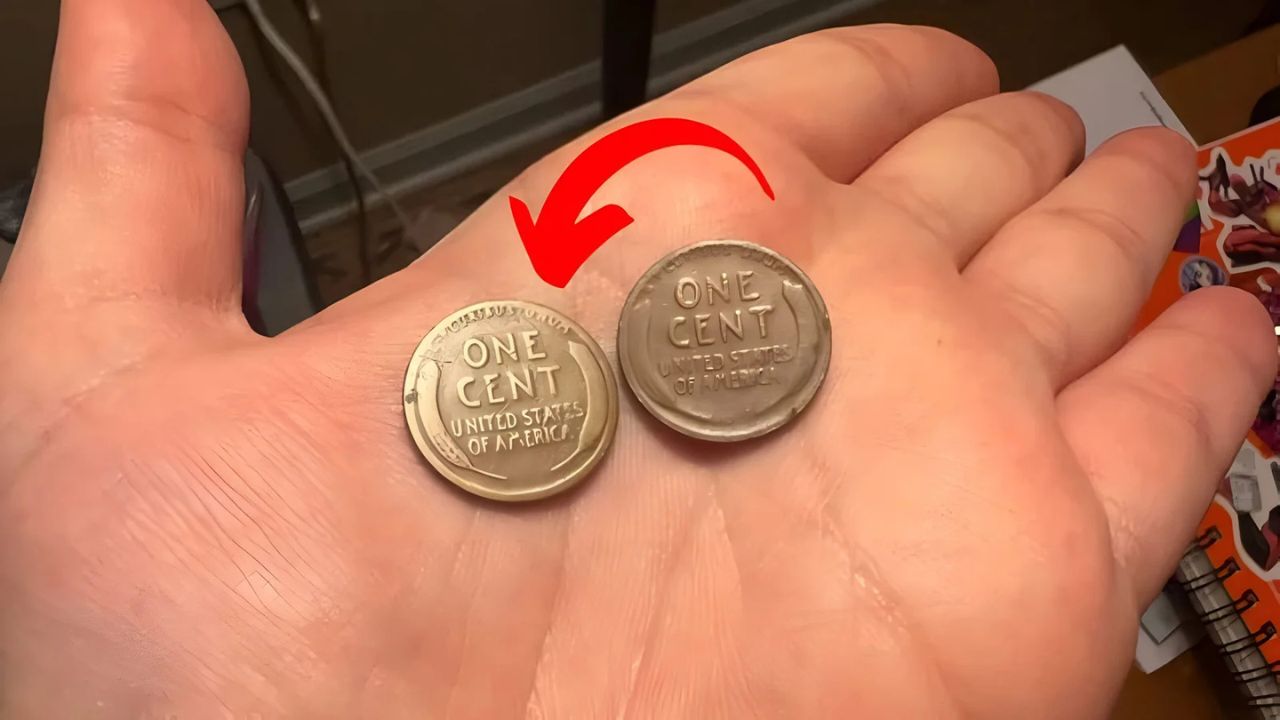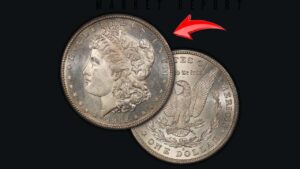A penny may not seem like much—often overlooked, tossed into jars, or left on sidewalks. But one particular Lincoln Wheat Penny has recently shaken the coin-collecting world with a jaw-dropping valuation of $530,000. This unassuming coin, once worth a single cent, is now worth more than most luxury homes. Found still in circulation, this penny proves that hidden treasures do exist—sometimes right in your pocket.
Let’s explore what makes the Lincoln Wheat Penny so iconic, why some are worth a fortune, and how to check if you might be holding one of these tiny copper goldmines.
What Is the Lincoln Wheat Penny?
The Lincoln Wheat Penny, or “Wheat Cent,” was introduced in 1909 to honor President Abraham Lincoln’s 100th birthday. Designed by Victor David Brenner, it became the first U.S. coin to feature a real person’s image. The front shows Lincoln’s profile, while the back features two stalks of wheat, symbolizing agricultural prosperity.
Minted from 1909 to 1958, these pennies were mostly composed of 95% copper. Though common in the early 20th century, a few rare editions now hold legendary status among collectors.
Why Is This Penny Worth $530,000?
Most Lincoln Wheat Pennies are only worth a few cents to a few dollars, but certain rare types are worth thousands—or in this case, over half a million dollars. The penny that reached $530,000 likely possesses several of the following rare traits:
Unique Mint Year or Mark
- 1909-S VDB: Only about 484,000 were minted in San Francisco with designer Victor D. Brenner’s initials. Highly prized by collectors.
- 1943 Copper Penny: During WWII, pennies were made from steel to save copper. Only a few were mistakenly struck in copper that year, making them worth a fortune.
Rare Errors
Coins with double dies, off-center strikes, or wrong metal planchets are highly sought after. Errors increase rarity, and rarity drives value.
Exceptional Condition
Coins graded MS-65 or higher are considered “mint state” and can command much higher prices. The $530,000 penny was likely in pristine condition, possibly MS-67 or better.
Limited Mintage
The fewer coins minted or surviving, the more valuable each one becomes.
At a Glance: What Makes a Lincoln Penny Valuable?
| Feature | Description |
|---|---|
| Mint Year | Key years: 1909-S VDB, 1943 Copper, 1914-D |
| Mint Mark | “S” (San Francisco) and “D” (Denver) often rarer |
| Metal Composition | 1943 copper instead of steel is especially valuable |
| Condition | Mint State (MS) coins are worth significantly more |
| Minting Errors | Double dies, off-centers, and planchet errors |
| Circulation Rarity | Some were never intended to be released or survived |
Still in Circulation—How?
Despite their age and value, some rare pennies have never been removed from circulation. They may have been forgotten in jars, passed down unknowingly, or mistaken for common coins. That’s what makes this story so thrilling—one person’s spare change became a six-figure payday.
This particular penny was likely discovered by someone with a sharp eye for detail—perhaps noticing an unusual color, design inconsistency, or strange mint mark. Once professionally graded and authenticated, its true value became clear.
How to Check If Your Penny Is Valuable
Think you might have a rare coin? Here’s how to investigate:
- Check the Date and Mint Mark
- Look below the date for letters like “S” or “D”.
- Key dates: 1909-S VDB, 1914-D, 1943 copper.
- Look for Errors
- Double images, off-center designs, or missing elements are red flags for rarity.
- Test the 1943 Penny
- Most 1943 pennies are steel and stick to magnets.
- If yours doesn’t, it could be copper—a huge find.
- Assess the Condition
- The fewer scratches and dings, the higher the value.
- Get a Professional Grading
- Use services like PCGS or NGC to officially grade and certify your coin.
Why the Lincoln Penny Remains Iconic
Beyond the financial reward, Lincoln Wheat Pennies are beloved for their historical and cultural significance. They capture a unique era in U.S. history and connect generations through something as simple as spare change. Many collectors started their journey with a penny—and some have turned that hobby into serious investment wins.
What to Do If You Find a Rare Penny
- Don’t Clean It
- Cleaning a coin drastically reduces its value.
- Handle with Care
- Use gloves or hold it by the edges to avoid surface damage.
- Store Safely
- Use a plastic holder or coin flip to protect it.
- Get It Appraised
- Seek out a trusted coin dealer or grading service.
- Research the Market
- If it’s a high-value coin, consider selling via auction for maximum return.
A penny saved might just be $530,000 earned. This rare Lincoln Wheat Penny story is more than just collector buzz—it’s a reminder that historic treasures can hide in plain sight. Whether you’re a seasoned numismatist or just curious about the coins in your pocket, it pays to take a second look.
So go ahead—dig through that coin jar, check your change, and keep your eyes open. Your own rare find could be one cent away from changing your financial future.
FAQs
What is a 1909-S VDB penny?
It’s one of the rarest Lincoln pennies, minted in San Francisco in limited numbers with the designer’s initials on the reverse.
Are 1943 pennies valuable?
Most are steel and worth little. A 1943 copper version, however, is extremely rare and can be worth hundreds of thousands.
Where should I get my coin graded?
Reputable services include PCGS (Professional Coin Grading Service) and NGC (Numismatic Guaranty Corporation).




